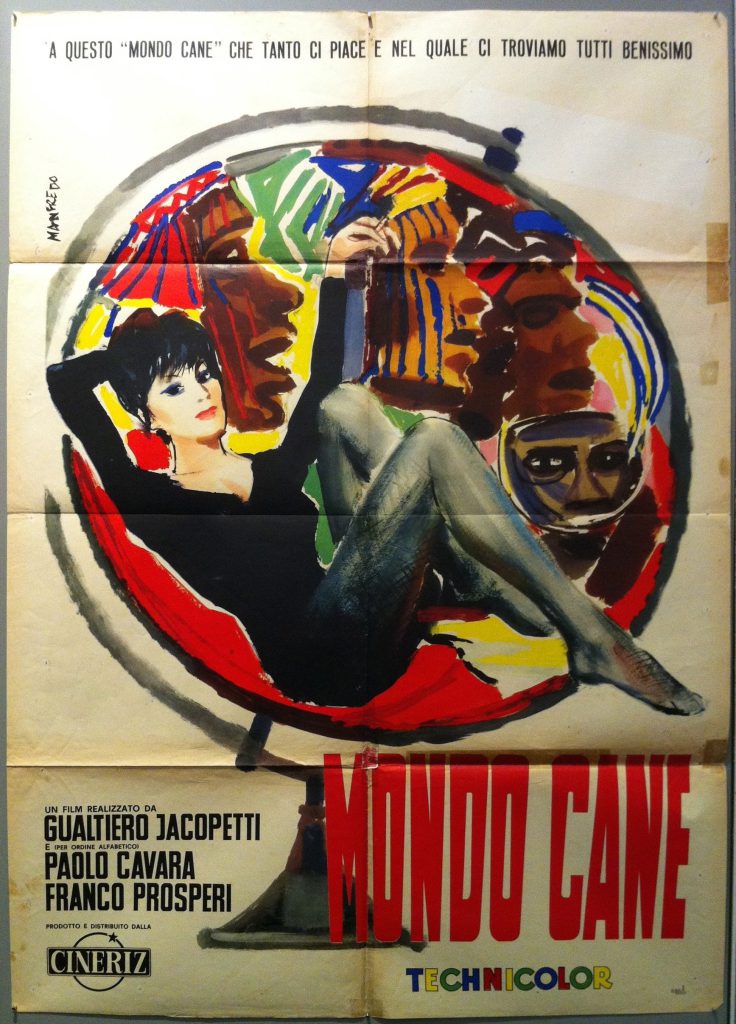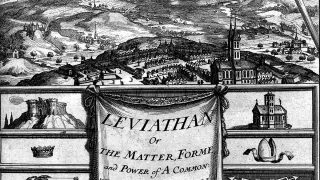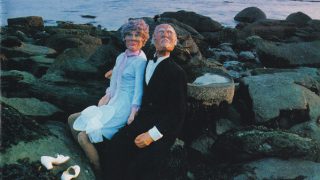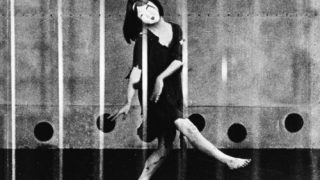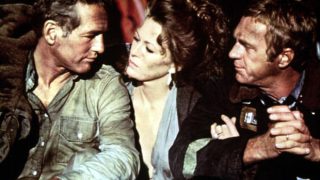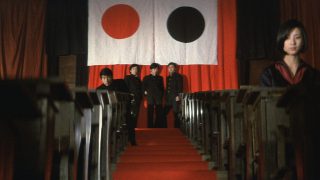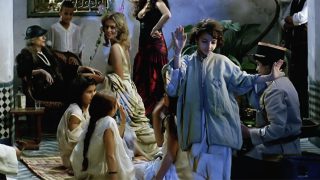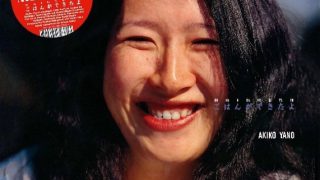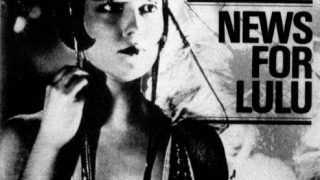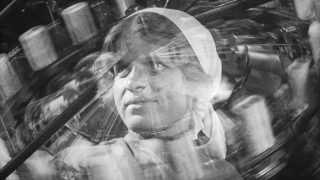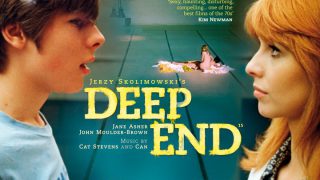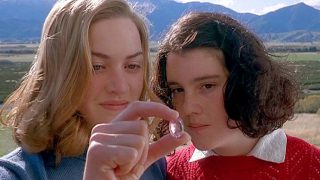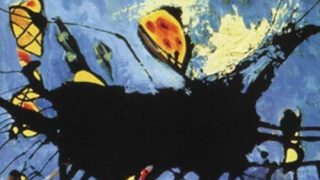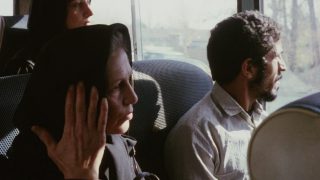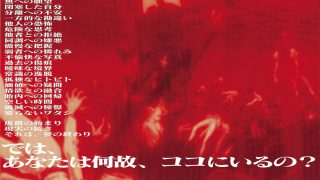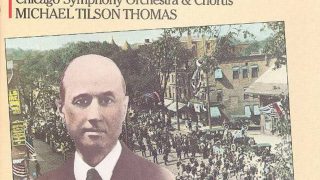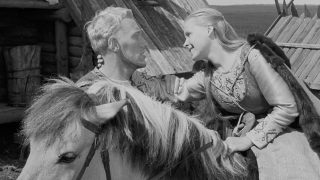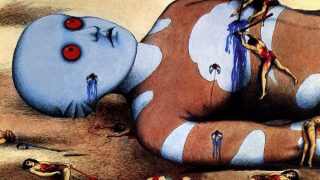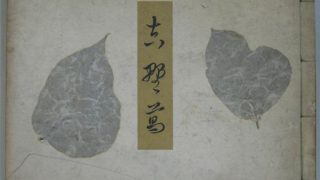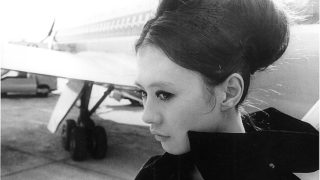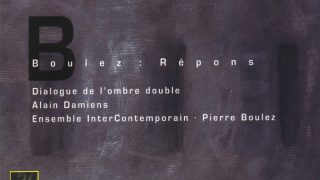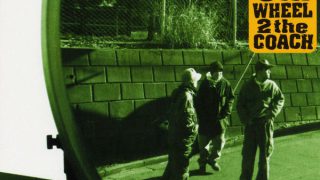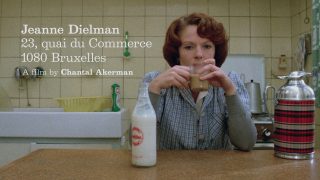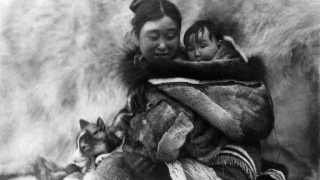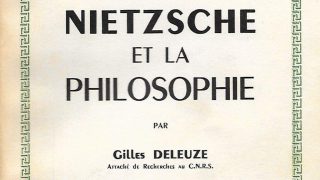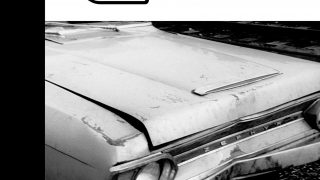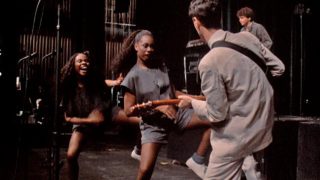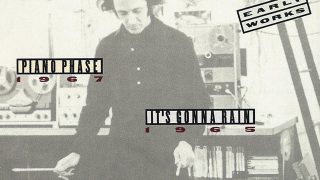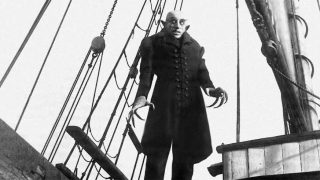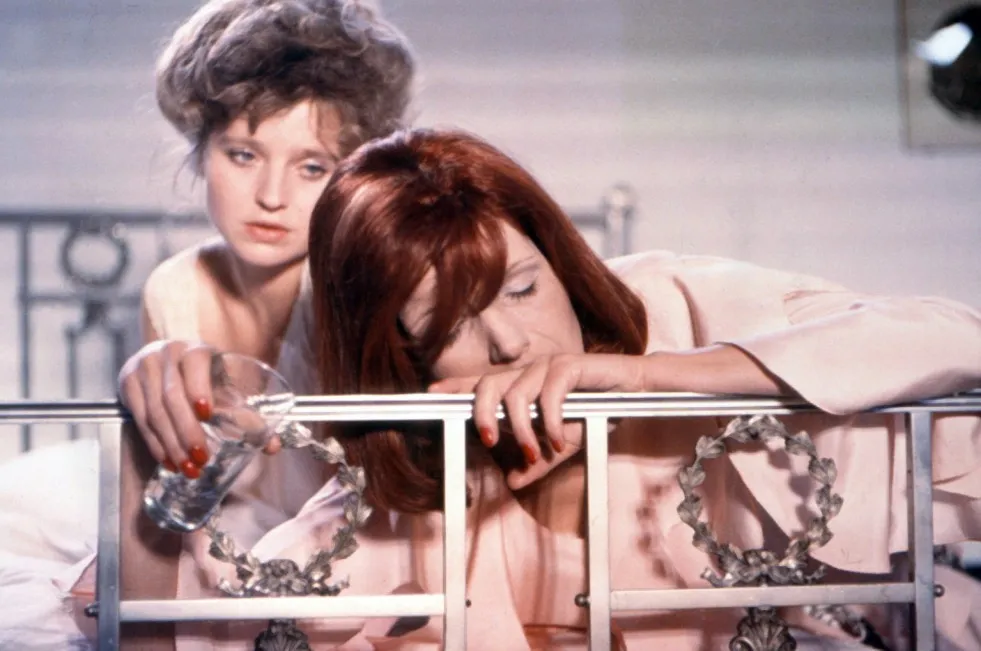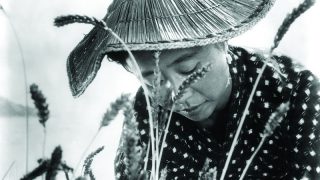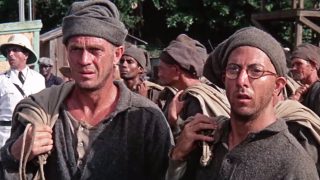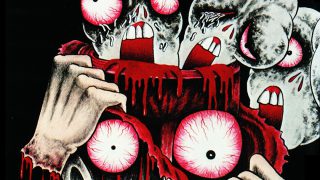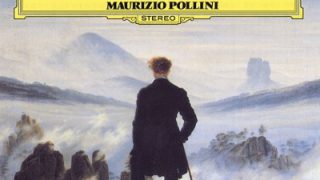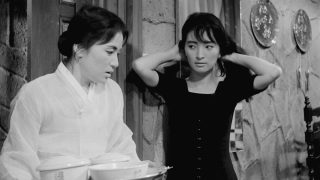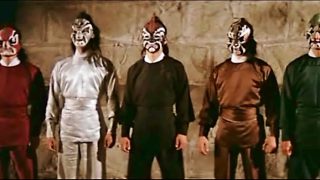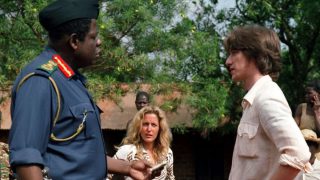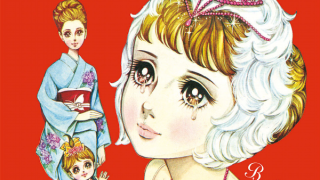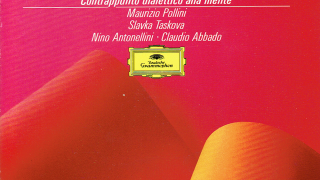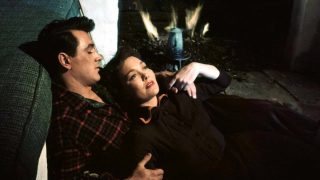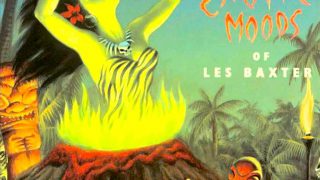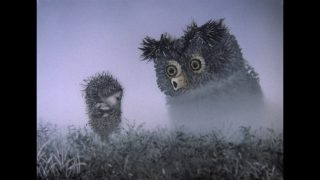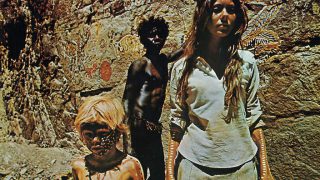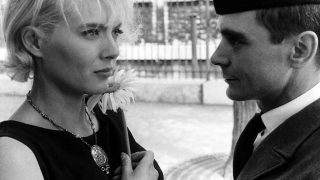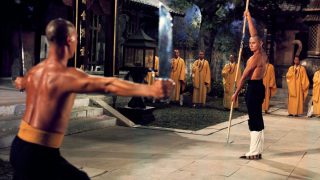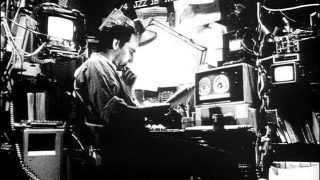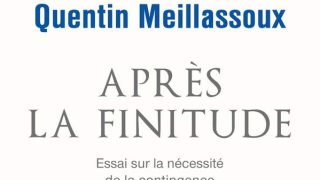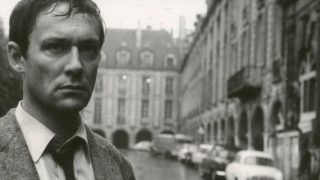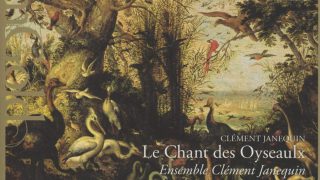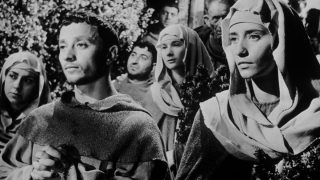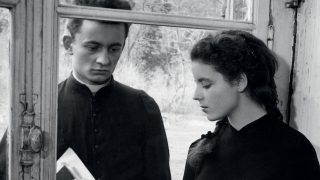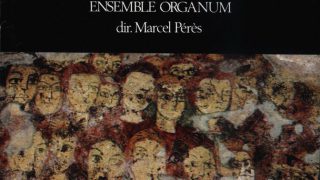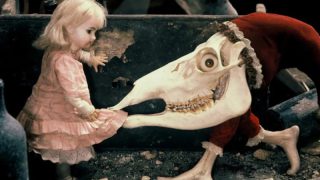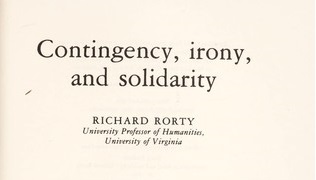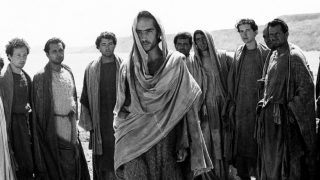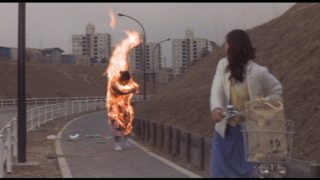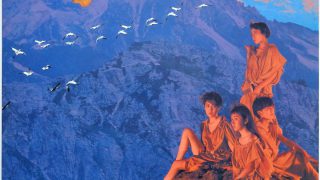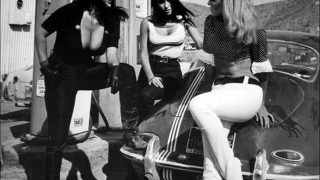Overview
“Mondo Cane” is a 1962 Italian documentary film. It provides strange customs and sensational scenes from around the world in the style of news films. The original Italian title “Mondo Cane” means “Doggish World” or “A Dog’s World”. Screenplay by Paolo Cavara and Gualtiero Jacopetti. Directed by Paolo Cavara, Franco Prosperi and Gualtiero Jacopetti. 108 minutes.
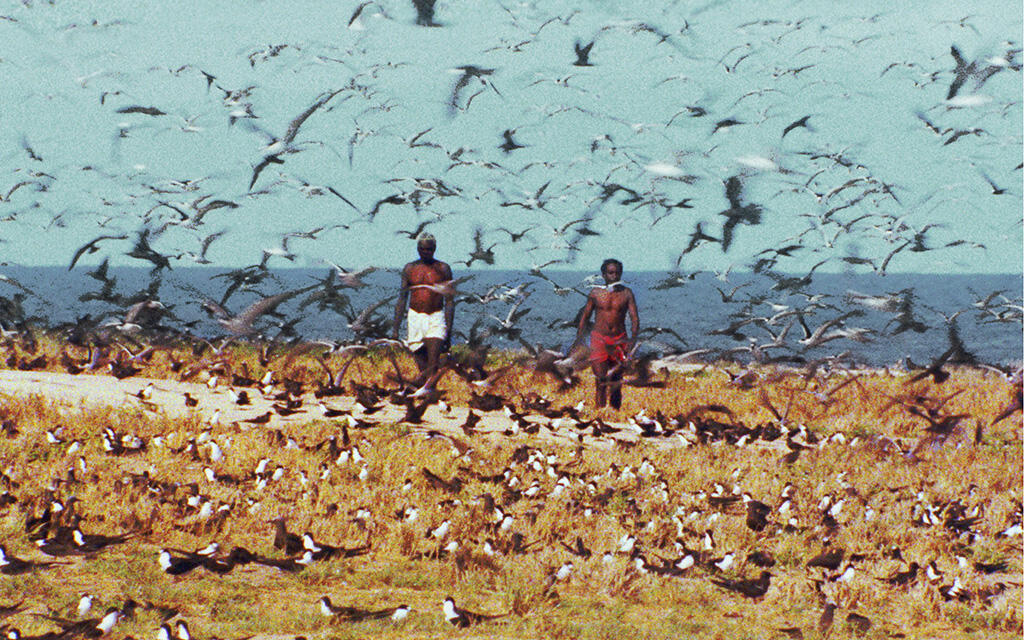
Contents
The film consists of a series of footages like the following, which are unrelated to each other, and narration:
A memorial event for Italian actor Rudolph Valentino in his hometown of Castellaneta, the Province of Taranto, Italy.
Italian actor Rossano Brazzi comes to a department store in the United States, and he has his shirt torn off by a crowd of female fans hunting for his autograph.
On the beach in Kiriwina, one of the Trobriand Islands, Papua New Guinea, topless women hunt for men.
On the French Riviera (Côte d’Azur), bikini-clad young women sexually arouse the United States Navy sailors.
At a celebration which is held every five years
in the Chimbu (Simbu) Province, Papua New Guinea, dozens of pigs are slaughtered by beating on their heads and eaten.
In a pet cemetery in Pasadena, California, dog-lovers bury their beloved.
A dog meat restaurant in Taipei, Taiwan.
Chicks are colored alive for Easter in Rome.
For the production of foie gras, geese in Strasbourg are force-fed using funnels.
In a livestock farm in Japan, cattle are massaged and fed beer for tenderizing the meat.
In Tabar, the Bismarck Archipelago, Papua New Guinea, the village dictator’s intended wives are locked up in small wooden cages and fed up with tapioca.
In a Vic Tanny (American bodybuilder) health club in Los Angeles, overweight widows work on losing weight to get married again.
At a Hong Kong market, reptiles such as alligators are sold for food.
At the expensive restaurant “The Colony” in New York, bizarre foods such as insects, snakes, and rats, are served for rich Americans.
In Singapore, a store sells snakes for food.
In the village of Cocullo, Abruzzo, Italy, on Saint Dominic’s day, the people march with the statue of the saint, carrying live snakes.
In the town of Nocera Terinese, Calabria, Italy, on Good Friday, the people called “Battenti” beat their legs with glass shards and run, dropping their blood on the streets.
On the Sydney beach, lifesaver girls put on a lifesaving demonstration, including CPR (mouth-to-mouth resuscitation) on young men.
The abnormal changes of seaside lives (insects, birds, aquatic animals, and reptiles) caused by the nuclear tests on Bikini Atoll.
Malaysian natives’ custom of burial at sea and underwater cemeteries.
Shark fishing in the Malay Peninsula.
In the Capuchin Crypt in Rome, human bones are arranged as ornaments.
The storage and management of the bones of the dead by the “Sacconi Rossi” (“Red Sacks”) Brotherhood in Tiber Island, Rome.
The people in the Reeperbahn in Hamburg drink a lot of beer and get wasted.
At the sauna service “Tokyo Onsen” in Japan, women in their underwear provide services, such as body washing and massage, to male customers.
In Macao, the dead are beautified in funeral makeup, and wealthy people burn paper money for the departed.
In Singapore, the dying people are sent to “the house of the dead”, and the relatives hold a dinner at restaurants, praying that they will die early.
At an auto junkyard in Los Angeles, cars are compressed into cubes.
In Czechoslovakia, French artist Yves Klein makes his paintings called “Anthropometry” by using female models painted blue as living brushes.
American tourists participate in a tour of Hawaii and sightsee in Honolulu.
In Nepal, on an anniversary, Gurkha soldiers, who are mercenaries of the British force, perform a dance, dressing up in women’s clothes, and behead bulls with a single stroke of a machete (kukri).
The scenes of the bull-running festivals held in the city of Vila Franca de Xira, Portugal.
At Goroka, Papua New Guinea, the indigenous tribes attend Catholic church services.
The indigenous people in the mountains near the airport in Port Moresby, Papua New Guinea have a “cargo cult” and they worship airplanes.
Commentary
“Mondo Cane” is a pseudo-documentary film that includes so-called “staged” scenes and fabricated facts. It is a film like a precursor of TV shows and Internet videos featuring shocking footages. After the release of the film, a lot of similar pseudo-documentary films had been produced from the 1960s to the 1970s, so they had been collectively called “mondo films”.
Need to note that it contains a lot of jarring and shocking scenes, such as bizarre foods and animal abuse.
The exotic music by Riz Ortolani and Nino Oliviero is impressive. The theme song with a beautiful melody, “More” (composed by Ortolani) won the 1964 Grammy Award for Best Instrumental Theme, and it was nominated for Best Original Song at the 36th Academy Awards in 1964. It was covered by a lot of musicians, and it became a pop standard.
